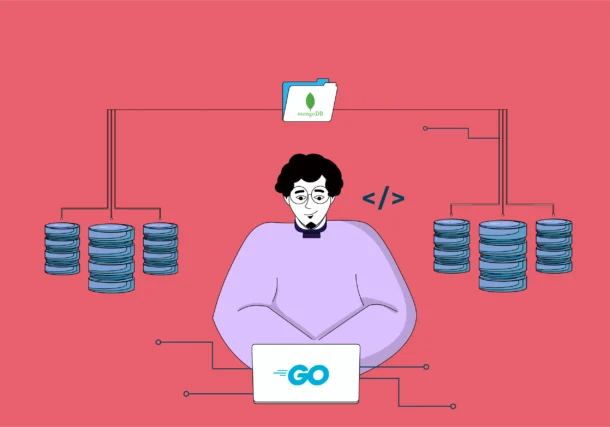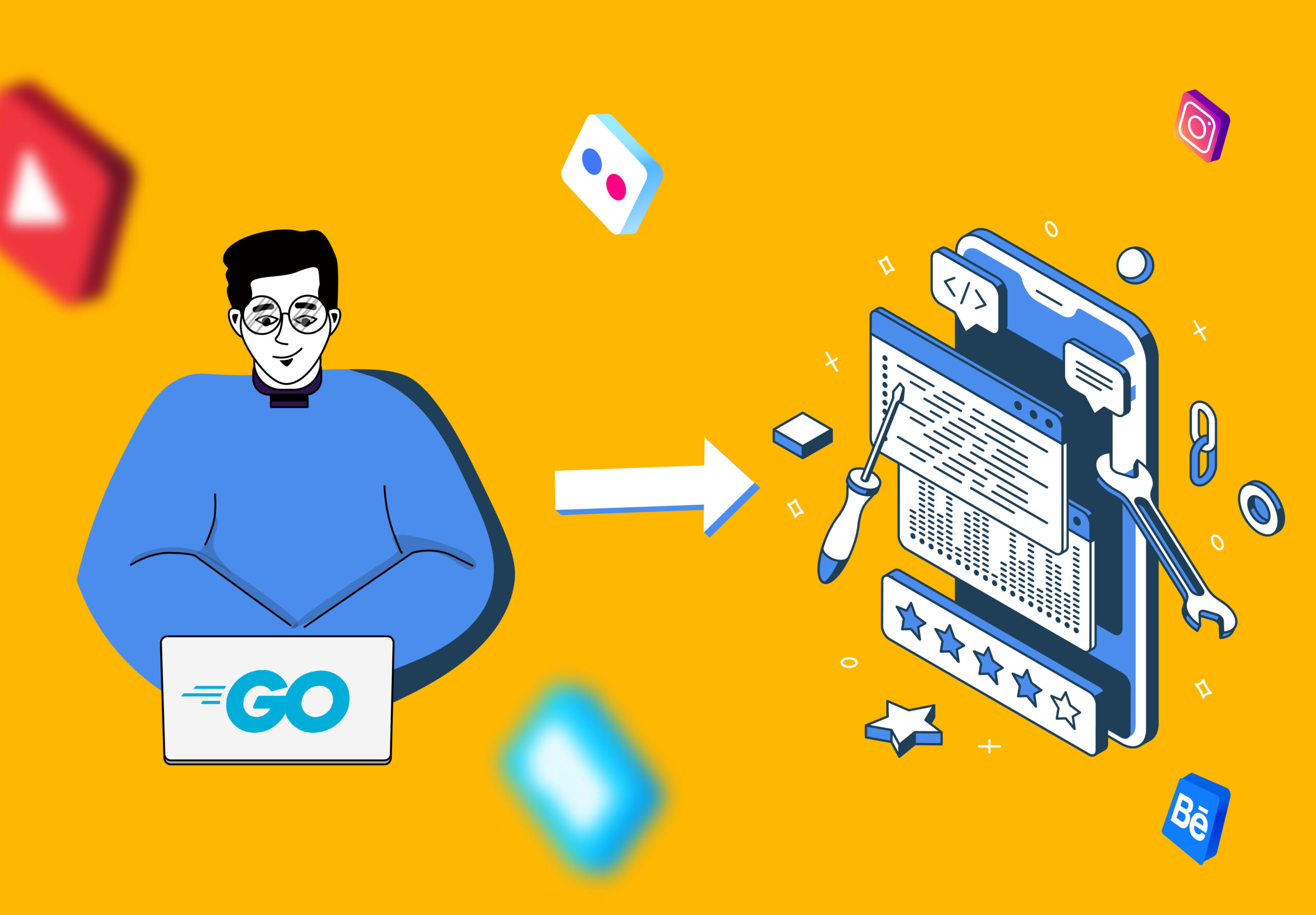Golang’s Alacrity in the Creation of Games, Blending Swiftness and Amusement
Starting a game development career resembles starting an enormous scope pixel-and-code orchestra where performance and creative mind cooperate. It’s a thrilling experience. Golang is a virtuoso writer in programming languages, giving an energetic and compelling soundtrack for rapidly and effectively making engaging games. Golang gives the game development industry a distinct beat in light of its concurrent and statically typed architecture. This blog is a challenge to investigate the mystical universe of the Golang game framework, where creating engaging and fun games transforms into a smooth and charming cycle.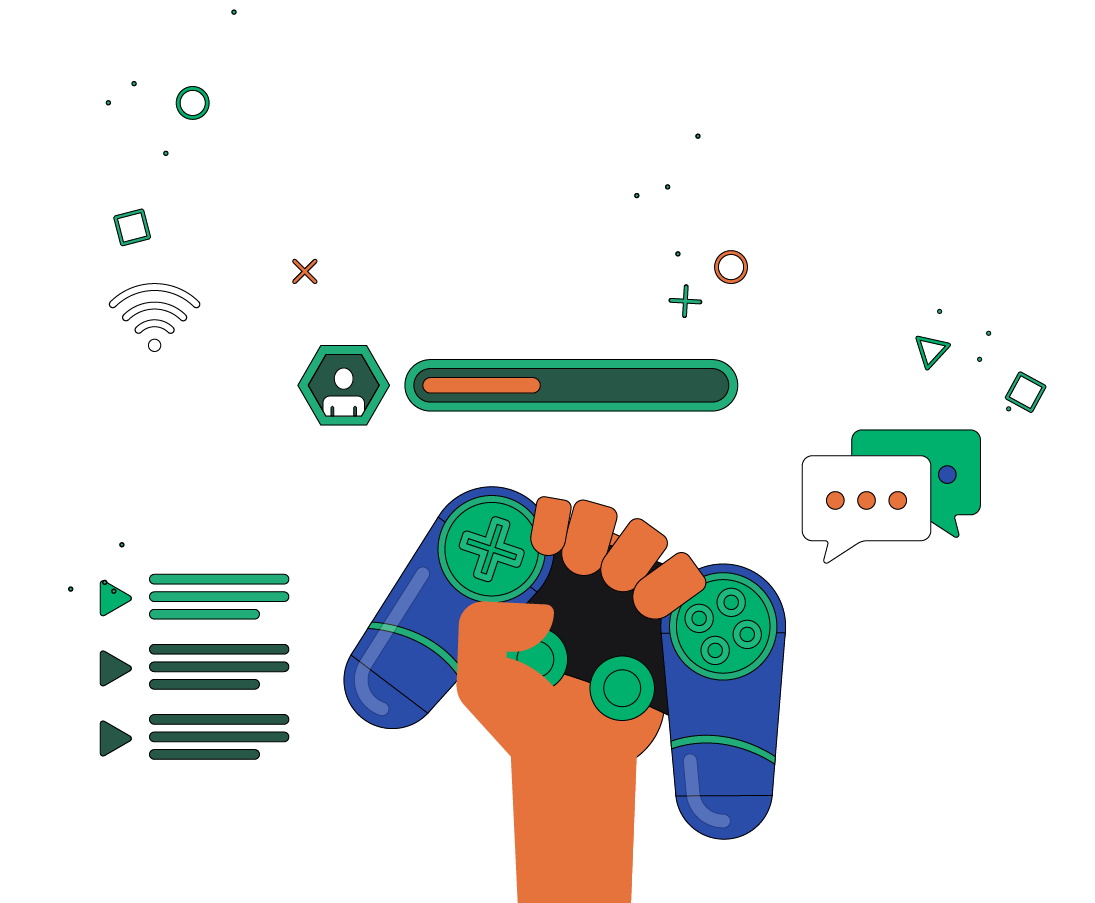 The blog uncovers a story that goes beyond code as we investigate the subtleties of Golang’s syntax and the concurrency patterns that describe its class. It energizes developers, both new and experienced, to partake in making games that catch players’ attention while likewise exemplifying Golang’s proficiency.
The blog uncovers a story that goes beyond code as we investigate the subtleties of Golang’s syntax and the concurrency patterns that describe its class. It energizes developers, both new and experienced, to partake in making games that catch players’ attention while likewise exemplifying Golang’s proficiency.
Golang is an adaptable and effective accomplice in the game development process, assisting in the creation of enamoring narratives to the streamlining of game loops. This blog guarantees an investigation associated with the rush and imperativeness inherent in game production, whether you are an accomplished developer looking for a new paradigm or an avid player prepared to take the jump into the universe of creation. The blog tries to cultivate a feeling of artistic articulation where each line of code adds to the creation of captivating content as well as diving into the specialized pieces of Go game server framework. Go along with us on this odyssey where Golang is the muse, and the destination is a world of tomfoolery and fast-paced games.
The Whys and Wherefores of Embracing Golang for Game Development Panache
Game creation is one area where Go, usually alluded to as Golang, is turning out to be increasingly well known. Golang is a popular choice among developers since it gives an engaging mix of simplicity, versatility, and performance for game creation. Golang’s striking performance is quite possibly its most eminent characteristic. Golang’s aggregated nature and effective concurrency model empower developers to build high-performance games that can deal with challenging tasks easily. In the gaming business, where responsive and fluid gameplay is essential, this is crucial. Another significant component driving Golang’s ascent in game development is its simplicity. 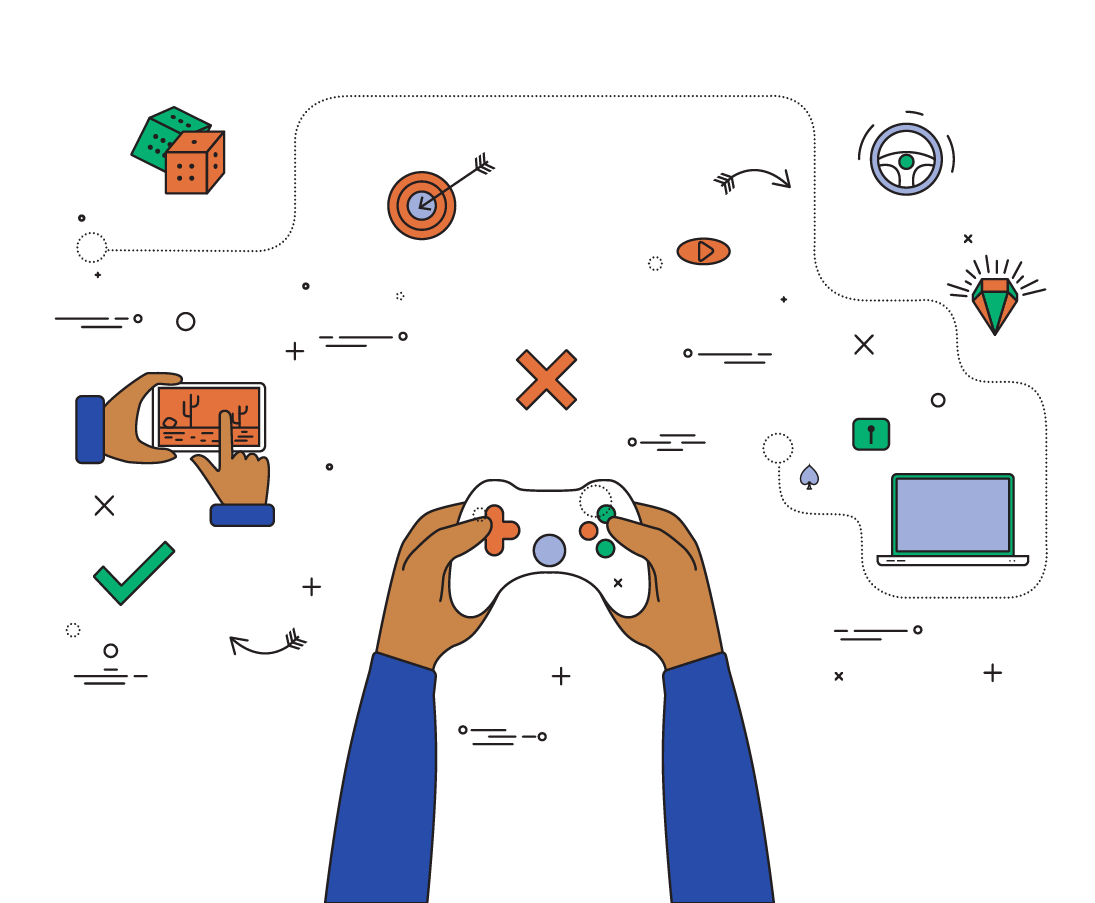 Its direct and uncluttered syntax speeds up development and works with understanding and codebase maintenance for developers. This simplicity doesn’t imply that functionality is forfeited; Golang has strong abilities that empower programmers to produce games with heaps of elements.
Its direct and uncluttered syntax speeds up development and works with understanding and codebase maintenance for developers. This simplicity doesn’t imply that functionality is forfeited; Golang has strong abilities that empower programmers to produce games with heaps of elements.
In game development, versatility is a significant variable to consider, especially as games get more sophisticated. Go game framework sparkles in this area given its innate parallelism and concurrency capabilities. The goroutines and channels in the language make it easier to design concurrent processes, which advances better adaptability and resource proficiency. The Go community is fundamental for the language’s appeal to game creators as well. Developers may effortlessly find answers and exchange expertise on account of the wealth of libraries, frameworks, and tools accessible in the lively and helpful community. As the gaming business grows further, Golang is recognized as a reliable and compelling decision for developers hoping to make bleeding-edge and high-performance games.
Exploring the Expansive Ecosystem Tailored for Golang Game Framework
The Golang (Go) programming language has turned into a famous choice for making video games since it gives a strong environment that mixes effectiveness, effortlessness, and speed. Concurrency, versatility, and a robust standard library are Golang’s primary selling points, making it an incredible starting point for making engaging and effective games. Golang’s speed is quite possibly its most striking benefit in the game development industry. Go game server framework is a decent decision for graphics-intensive workloads and real-time processing given its statically typed code and compiled nature, which lead to speedier execution. On account of the language’s convenience, game creators can make content quickly and successfully. Seamless parallelism is made conceivable by Golang’s concurrency paradigm, which depends on goroutines and channels and is crucial for contemporary game development. This works on game performance and responsiveness by making it simpler for developers to deal with multifaceted, concurrent systems.
The Golang game framework offers a huge number of third-party libraries and frameworks that upgrade the game development experience even more. Packages like “Ebiten” and “Pixel” work with the processing of visuals, input, and audio for game creators, subsequently facilitating the production process. Given the robust community behind Golang, there is a wealth of knowledge and resources accessible, which works with problem-solving and teamwork. Apart from its technical benefits, Golang supports the readability and maintainability of code. Given the language’s clear syntax and proficient error handling, developing software is made easier and more cooperative while additionally diminishing the chance of errors. Golang stands apart as a strong and contemporary language that offers an adaptable climate that addresses the issues of developers making anything from independent games to monstrous productions as the gaming business keeps on evolving. The blend of Golang’s speed, concurrency, and usability makes it a positive choice for anybody looking for a solid basis for their game development projects.
A Tour de Force through the Top 5 Development Libraries
Setting off on an adventure with the Go game server framework into the powerful universe of game development? Get ready as we uncover the top 5 Golang Game Development Libraries, which will ensure an unrivaled gaming experience. With Ebiten, a compact and versatile 2D game library for Golang, you may release your creativity. Ebiten, which is notable for its effectiveness and simplicity, enables developers to make outwardly fabulous 2D games without unnecessary complexity. For people looking for a smooth game production process, Ebiten is the favored choice because of its integrated help for graphics, audio, and input handling. With Pixel, a performance-focused 2D game library, you can release the pixel-perfect capability of your game. Pixel works on the game production process by giving a clear API for window management, input, and graphics, pursuing it as the ideal decision for independent creators. Notwithstanding the experience level, Pixel’s user-friendly design ensures a consistent opportunity for growth. Take your game production to a higher level with Engo, a feature-rich 2D gaming engine that works with Golang like a charm. With its broad toolkit for entity-component-system design, Engo offers areas of strength for developing games that are both versatile and maintainable. Explore Engo’s abundance of documentation and community support to assist your game projects reach their maximum capacity.
With G3N, explore the intriguing universe of 3D game production. G3N, short for Golang 3D Engine, empowers developers to build engaging 3D environments. Whether you’re creating action-packed games, virtual reality experiences, or simulations, G3N’s feature-rich architecture makes it an engaging choice for large-scale projects. The Leaf is a lightweight and versatile Golang game framework that can assist you with wandering into the universe of concurrent game creation. Utilizing Go’s concurrency attributes, Leaf makes it easier to make games that can be played by different players progressively. Its innovative and moderate methodology liberates developers to focus on gameplay fundamentals, making it an incredible choice for high-performance networking applications. Whether you’re digging into the profundities of 3D landscapes or jumping into 2D simplicity, these libraries offer the tools you want to create your gaming dreams in the real world.
Golang’s Exemplary Stewardship in Game Development, Superseding C++ Conventional Wisdom
Even though C++ and Go (Golang) are both strong programming languages, they each enjoy the benefits and disadvantages of creating video games. In some game development circumstances, Go game framework is more advantageous than C++ because of its current design and simplicity. Most importantly, Golang is more developer-friendly and assists in producing more stable and secure game code as a result of its automatic garbage collection memory management, which brings down the chance of memory leaks. C++, then again, needs manual memory management, which, whenever done imprudently, can bring about errors and poor performance.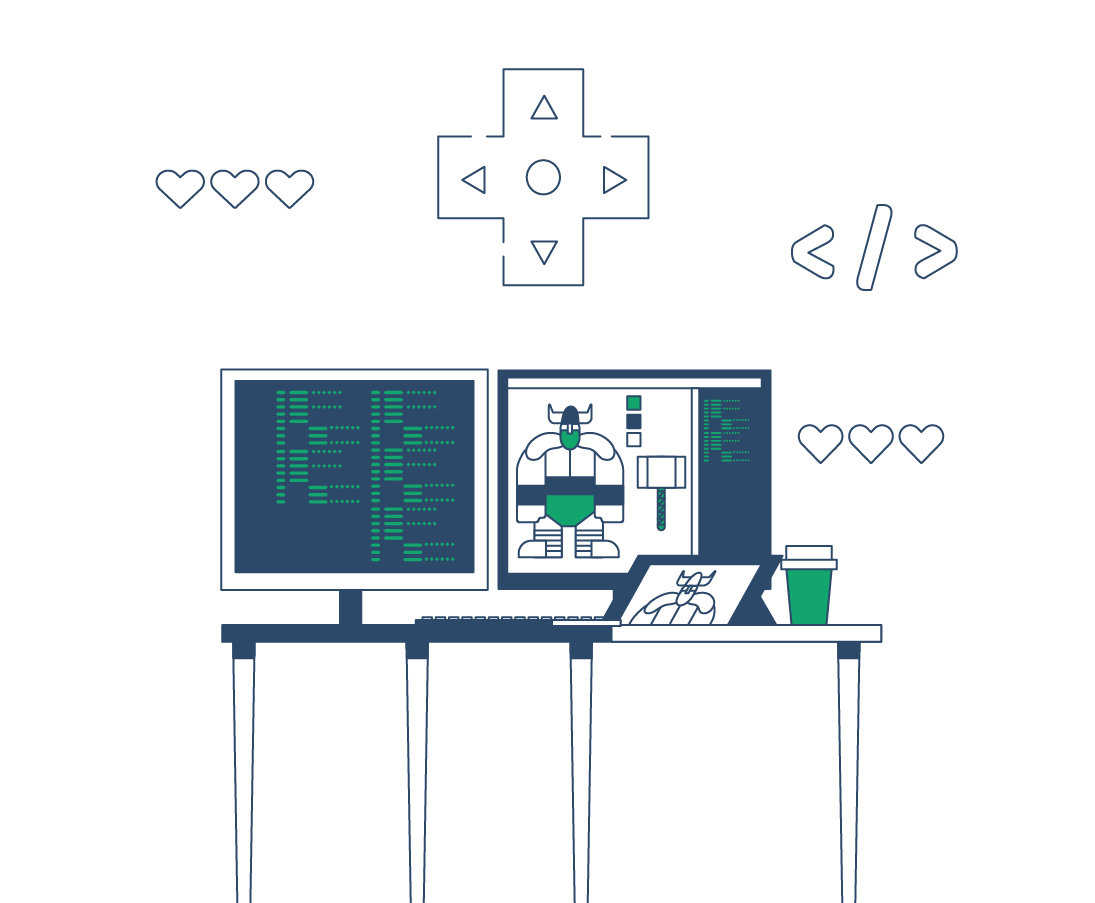 One more eminent part of Golang is its built-in support for concurrency. Go’s goroutines and channels make it simpler to execute concurrent processes in games, which upgrades responsiveness and adaptability.
One more eminent part of Golang is its built-in support for concurrency. Go’s goroutines and channels make it simpler to execute concurrent processes in games, which upgrades responsiveness and adaptability.
Although C++ can handle concurrency, it frequently requires more complicated threading models and manual synchronization. Golang’s direct syntax boosts developer efficiency by working with faster code development and simpler maintenance. Longer development cycles can result from C++’s tendency toward verbosity and intricacy. Besides, Golang compiles code more quickly than C++, which facilitates the iteration process engaged with game development. C++ is still generally utilized in the gaming business, particularly for high-performance and resource-intensive games, despite these advantages. Eventually, the choice between Go game framework and C++ depends on the specific necessities of the game, the experience of the development team, and the expected trade-off between development efficiency and performance.
The Trifecta of Game Development Mastery with Pattem Digital
With our state-of-the-art Golang development company, you might encounter unrivaled quality where creativity and expertise meet up to make unmatched game development services. Our talented staff is an orchestra of productivity and elegance, deftly exploring the intricate universe of Golang to make enamoring gaming experiences. Partake in the apex of accuracy as we use Golang’s simplified syntax and built-in memory management, blowing away the standard to deliver games that are unparalleled in elegance and stability. Prevail with us on an experience into the apex of game production, where Golang’s expertise transforms ideas into smooth, engrossing realities.




